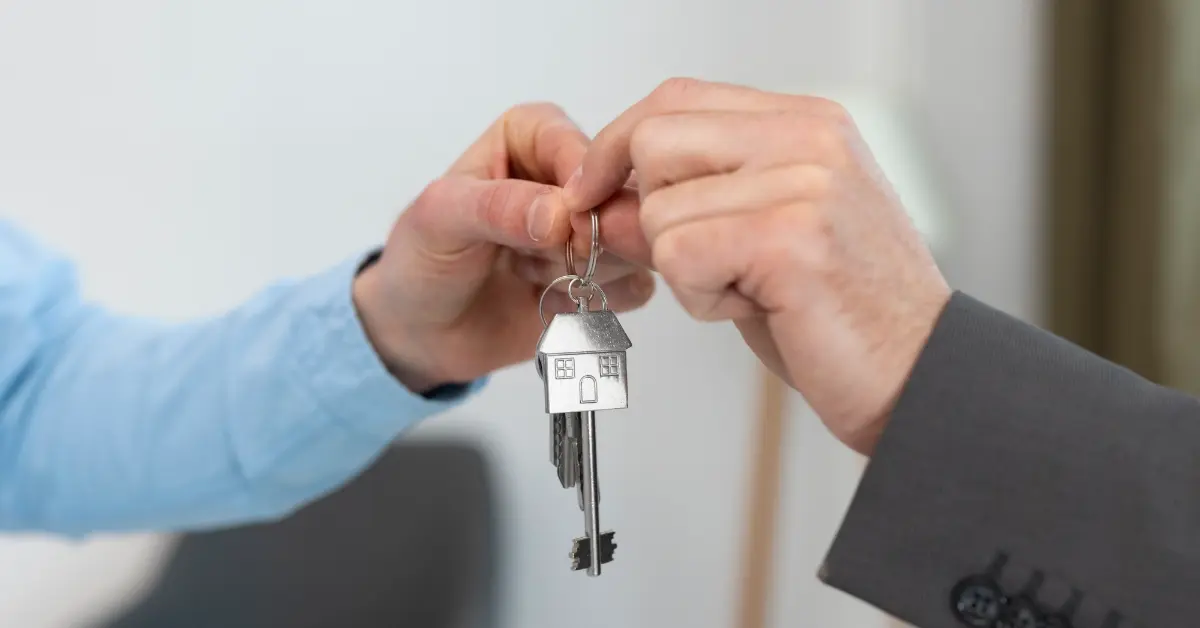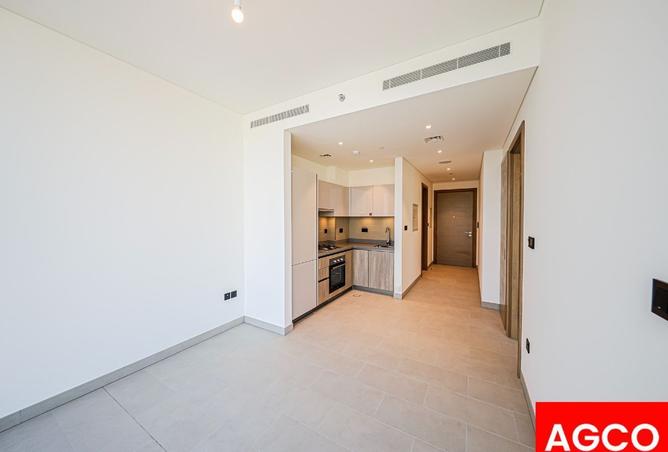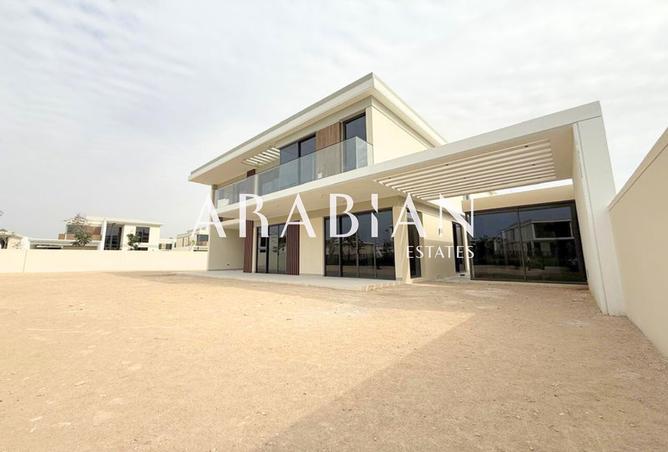When it comes to owning property in the UAE, many borrowers look beyond the initial home loan package and consider whether a home loan balance transfer could enhance their financial position. In simple terms, a home loan balance transfer involves moving your mortgage from your current lender to another bank or financial institution to secure better terms, lower costs, or improved service.
- What is a Home Loan Balance Transfer
- Why Consider a Balance Transfer
- How a Home Loan Balance Transfer Works
- Benefits of a Home Loan Balance Transfer
- Eligibility Criteria
- Key Costs & Charges to Consider
- Top UAE Banks Offering Home Loan Balance Transfers
- Common Challenges & Pitfalls
- Special Considerations in the UAE Market
- Expert Tips for a Successful Home Loan Balance Transfer
- Key Takeaways
- Frequently Asked Questions (FAQs)
What is a Home Loan Balance Transfer?
A home loan balance transfer (also known as refinancing) means shifting the outstanding portion of your home loan from your existing lender to a new one, under a fresh set of terms. The new bank settles the old loan, you begin repayments to the new lender, and ideally, you benefit from improved conditions.
Why Consider a Balance Transfer?
There are several compelling reasons to contemplate a balance transfer:
- Lower interest rates and reduced monthly repayments (EMIs): If market rates have fallen since your original loan, transferring might reduce your interest burden or monthly instalments. For example, some lenders advertise balance transfer rates from around 3.24% p.a. and up.
- Improved loan features or service: You may gain access to superior customer service, flexible repayment options, or more favourable tenure settings.
- Opportunity to reduce overall cost or shorten tenure: By securing a lower rate, you might finish your loan sooner or pay less total interest.
- Access to features your current lender doesn’t offer: Some banks may provide top-up loans, switching between fixed and variable rates, or better portability options when you transfer.

How Does Home Loan Balance Transfer Work?
Let’s walk through the steps typical for the UAE mortgage market:
Step-by-Step Process
- Visit your chosen bank’s official website and review the balance transfer terms.
- Inform your current lender of your intention to transfer the loan.
- Compare offers, focusing on interest rates, benefits, and customer reviews.
- Prepare and submit the required documents (ID, existing loan statement, property papers, etc.).
- Obtain a consent and liability letter from your current bank stating the outstanding amount.
- Undergo credit assessment and await final approval from the new lender.
- Review and sign the new loan agreement.
- The new lender settles the balance with your previous lender, and all future payments are made to the new bank.
Required Documents
- Proof of identity and address
- The property title/plans and mortgage documentation
- Salary certificate or proof of income
- Existing loan statements
- Consent or liability letter from current lender
- Any lender-specific application forms

Benefits of Home Loan Balance Transfer
A home loan balance transfer offers several advantages that can help borrowers save money and gain better loan terms:
- Lower Interest Rates: Can significantly reduce interest payments.
- Reduced EMIs: Lower monthly instalments due to better terms.
- Improved Service: Access to enhanced customer service or loan features.
- Flexibility: Options to choose fixed or variable rates, modify tenure, or upgrade loan features.
- Top-Up Loans: Some banks offer additional financing through the transfer.
- Promotional Offers: Discounts on processing fees or special, limited-time interest rates.
- Loan Portability: Ability to transfer the loan to a new property if permitted by the lender.
Eligibility Criteria
Transferring your home loan isn’t automatic – you’ll need to meet certain criteria:
- You must have a running home loan, often with at least 12 months outstanding tenure.
- Good repayment record and credit score.
- Stable income and employment history.
- Property must have a satisfactory valuation and meet the new lender’s collateral criteria.
- Complete documentation and pass the new lender’s approval process.
Key Costs and Charges to Consider
Here we turn our attention to the “home loan balance transfer charges” – critical when calculating whether the move makes financial sense.
Mandatory and Potential Fees
- Processing Fees: One-time charge by the new lender, which can vary.
- Early Settlement Fee: Capped at 1% of the remaining loan principal, up to AED 10,000.
- Administrative Fees: Charges for additional paperwork or legal formalities.
- Valuation Charges: Cost of re-assessing the property’s current market value.
- Hidden Charges: Potential additional costs; always review lender terms carefully.
Penalty Clauses
- Be aware of any pre-payment or foreclosure charges in your original loan agreement (if you’re moving early).
- If you miss payments after transferring, you may face late charges, which could offset your savings.
- Ensure that the savings from a lower interest rate outweigh all fees involved.
Top UAE banks and institutions offering home loan balance transfers
When considering a home loan balance transfer, several banks and financial institutions in the UAE offer competitive options:
- HSBC UAE
- First Abu Dhabi Bank (FAB)
- Emirates NBD
- ICICI Bank UAE/India
- HDFC Bank
- Other local and international banks operating in the UAE
Common Challenges and Pitfalls
Before you proceed, beware of:
- Hidden costs that may erode the benefit of a lower interest rate.
- Loan rejection due to credit issues, property valuation or incomplete documentation.
- Short-term promotional rates that later revert to higher margins, leaving you worse off.
- Frequent transfers may negatively impact your credit history and make future borrowing harder.
- Mismatch between new loan terms and your goals — e.g., if you extend tenure to lower EMIs, you may pay more interest overall even at a lower rate.
- Ensure you are not simply chasing a lower monthly payment but losing sight of the total cost.

Special Considerations in the UAE Market
When exploring a home loan balance transfer in the UAE, it’s important to be aware of market-specific factors:
1. Islamic Finance Options
If you prefer Sharia-compliant products, many UAE lenders offer Islamic home finance and refinancing/balance-transfer options tailored for this requirement.
2. Legal and Regulatory Framework
The Central Bank of the UAE sets rules around early settlement charges, loan originations and disclosures, which gives borrower protection and standardisation.
3. Credit Score Impact
Your credit profile in the UAE (via the UAE credit bureau) will strongly influence your new loan terms. A good track record supports better rates.
4. Loan Portability and Upgrading Homes
Some banks offer loan portability, making it easier to transfer the loan if you upgrade or change properties.
Expert tips for a successful home loan balance transfer
To ensure a smooth and beneficial home loan balance transfer, consider the following expert advice:
- Compare multiple offers from different lenders; don’t just rely on your current bank.
- Read the loan agreement thoroughly, especially sections on fees, rate changes, tenure and early settlement.
- Negotiate fees – ask your new lender if processing or valuation fees can be waived or reduced.
- Check your eligibility and credit status well in advance so you’re ready to act when rates are attractive.
- Avoid frequent switches; only transfer when the net savings (after all costs) are compelling.
- Seek professional advice if you are unsure about complex terms, especially for high-value loans or investment properties.
Explore the Available Properties for Sale in UAE
-

Villa
Listed 14 hours ago
5,200,000 AED
Motivated Seller | Near Lagoon | Handover Soon
South Bay 1, South Bay, Dubai South (Dubai World Central), Dubai
5
6
4,264 sqft
-

Villa
Listed 17 hours ago
26,000,000 AED
Big Plot | Lagoon Facing | Single Row | Vastu
Palace Villas - Ostra, The Oasis by Emaar, Dubai
5
7
17,436 sqft
-

Apartment
Listed 11 hours ago
1,650,000 AED
Luxury Design | Sea View | Maid Room | Freehold
Blue Beach Residence, Ajmal Makan City, Sharjah Waterfront City, Sharjah
3
4
2,400 sqft
-

Apartment
Listed 11 hours ago
1,200,000 AED
Sea View | High ROI | Beach Access | Freehold
Blue Beach Residence, Ajmal Makan City, Sharjah Waterfront City, Sharjah
2
3
1,600 sqft
-

Townhouse
Listed 17 hours ago
4,450,000 AED
Single Row | Handover Soon | Great Location
Bliss 2, Bliss, Arabian Ranches 3, Dubai
4
5
1,664 sqft
-

Apartment
Listed 15 hours ago
1,250,000 AED
Lagoon view View | High Floor
Sobha Hartland Waves, Sobha Hartland, Mohammed Bin Rashid City, Dubai
1
1
515 sqft
-

Apartment
Listed 14 hours ago
4,399,999 AED
Hottest Deal | 3BR+Maid | L-Shaped Balcony
Nawayef Park Views, Al Hudayriat Island, Abu Dhabi
3
4
2,503 sqft
-

Villa
Listed 18 hours ago
19,500,000 AED
6 Bedrooms | Harmony 3 | Vacant On Transfer
Harmony 3, Harmony, Tilal Al Ghaf, Dubai
6
7
8,944 sqft
-

Villa
Listed 12 hours ago
4,100,000 AED
Luxury Design | Beach Access | Easy Installments
AlThuraya Island, Ajmal Makan City, Sharjah Waterfront City, Sharjah
5
6
6,600 sqft
-

Apartment
Listed 15 hours ago
4,300,000 AED
Prime Location | High ROI | Spacious Layout
Rosewater at Creek Beach Building 2, Rosewater at Creek Beach, Creek Beach, Dubai Creek Harbour (The Lagoons), Dubai
3
3
1,608 sqft
Key Takeaways
Home loan balance transfer in the UAE is a viable option for improving your mortgage terms and reducing costs. The primary motivators for transferring are securing a lower interest rate and accessing better service or features. While early settlement fees are capped at 1% of the outstanding loan (up to AED 10,000), other charges may apply, so careful comparison of all costs is essential.
Eligibility typically depends on factors such as the remaining loan tenure, credit history, and property valuation. A smooth transfer process requires thorough document preparation, negotiating favourable terms, and understanding the local legal and regulatory framework. Both Islamic and conventional finance options are available, offering growing flexibility in features and fees.
FAQs
The major benefit is securing a lower interest rate and hence reduced EMIs or shorter remaining loan tenure.
The Central Bank mandates early settlement/partial settlement fees on home loans at 1% of the outstanding balance, capped at AED 10,000 in many cases.
Borrowers who have an existing mortgage, meet the lender’s repayment and credit history standards, have suitable property and agree to the new lender’s terms.
Yes, there are. Frequent transfers can affect your credit rating, may incur high fees and might not deliver real savings if the numbers don’t stack up.
Yes, it is. Many UAE banks now offer Sharia-compliant refinancing and balance transfer options, though terms may differ and must be reviewed carefully.







